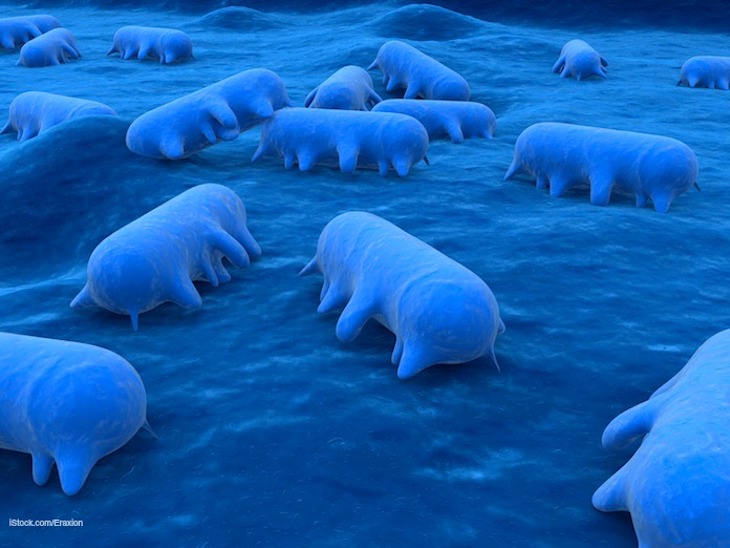In the July 3, 2020 version of the CDC’s Morbidity and Mortality Weekly Report, a study about a New York City chicken Salmonella outbreak that sickened 15 people was published. That outbreak was detected nine days before whole genome sequencing (WGS) serotyping results were returned through daily automated spatiotemporal analysis of notifiable diseases.

This early detection gave investigators a heads up to look for common exposures in the outbreak, so they could conduct rapid environmental assessments, collect leftover food in a timely manner, and prioritize isolate for sub typing.
Detecting geographically focal outbreaks can be delayed while investigators wait for WGS results. In addition, public health laboratory capacity limitations may prevent scientists from sequencing all Salmonella isolates.
In May 2019, the New York City Department of Health and Mental Hygiene (NYCDOHMH) detected an unusual cluster of five salmonellosis patients via automated spatiotemporal analysis of notifiable diseases using free SaTScan software. The illnesses were reported through passive surveillance by electronic laboratory reporting. Within one day, graduate student interviewers found that three of the patients had eaten prepared food from the same grocery store inside the cluster area.
Every weekday, using SaTScan, NYCDOHMH applies the “prospective space-time permutation scan statistic” to scan for recent increases in the occurrence of salmonellosis cases based on patient event dates and geocoded home addresses.
The cluster notification told interviewers to look for any common food, grocery store, or restaurant exposures. Once the interviews were done, the students immediately compared interviews to look for common exposures.
New York officials initiated an investigation to find more cases, to establish the use, and to provide control recommendations. Fifteen New York City residents with laboratory-diagnosed salmonellosis who ate food from that establishment were identified. The most commonly consumed food was chicken, reported by ten patients.
All of the eleven clinical isolate samples available were serotyped as Salmonella Blockley, sequenced, and analyzed by core genome multi locus sequence typing. Environmental assessments at the facility found food that wasn’t held at the proper temperature, food that was not cooled properly, and potential cross-contamination curing chicken preparation.
Elevated fecal coliform counts were found in two of the four ready-to-eat food samples collected from that establishment. Bacillus cereus was detected in three samples. And the outbreak strain of Salmonella was isolated from one patient’s leftover chicken.
The fifteen patients with outbreak-associated cases reported eating food from establishment A from May 8 through May 20, 2019, and had illness onset from May 14 through May 21, 2019. None of the patients lived in the same household.
Whole genome sequencing found that the median difference between the isolates was zero alleles. And pulsed-field gel electrophoresis on nine clinical isolates found that they were indistinguishable from each other.
The investigation timeline of this outbreak was compared to timelines of previous investigations. This outbreak was detected within two days of the third reported case, compared with a median of 13 days for other outbreaks.
The rapid detection of this New York City chicken Salmonella outbreak relied on critical public health infrastructure. Those included automated and timely electronic laboratory reporting, transfer of disease reports to a surveillance database, geocoding of patients’ residents, and analyses using SaTScan.
Greene SK, Stavinsky F, et al. Salmonellosis Outbreak Detected by Automated Spatiotemporal Analysis — New York City, May–June 2019. MMWR Morb Mortal Wkly Rep 2020;69:815–819. DOI: http://dx.doi.org/10.15585/mmwr.mm6926a2




